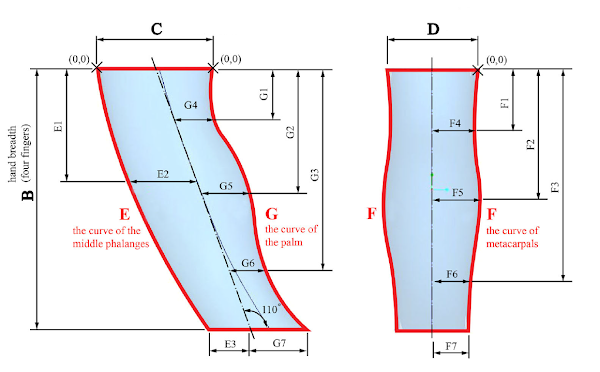Most probable array of D&D ability scores
There's an element to the game Dungeons & Dragons that lends itself to a numerical analysis: the initial array of ability scores assigned to a character.
Some background:
A character in the game has scores assigned to each of six abilities (strength, dexterity, constitution, intelligence, wisdom, and charisma). The first step in creating a character is to generate an array of six numbers by rolling dice, using a method known as "4d6 drop lowest". This means, roll four six-sided dice, remove the lowest value, then add the remaining three dice together (the result ranges from 3 to 18). Do this six times to generate an array of six values, then assign these values to your character's abilities as appropriate for the character's role (fighter, cleric, wizard, etc.).
The problem
The question I want to answer here is: What does a "typical" array look like? More importantly, how would I know if the array I end up with is better or worse than average?
Each result is assigned to an ability of your choice, depending on the role you have chosen for your character (fighter, wizard, cleric, bard, and so on). Naturally a player will want an array with some high numbers in it, to assign to key abilities that are critical for the character to function in the chosen role.
The "quality" of the array is calculated as a sum of ability modifiers, that is, the sum of differences of each score from 10: $$M = \sum_{i=1}^{6}{\text{floor}\left ( \frac{S_i-10}{2} \right )}$$ where \(M\) is the modifier total, \(S_i\) is one of the six array values, and \(\text{floor}(x)\) is \(x\) rounded down to the nearest integer.
So an array having values of all 10 and/or 11, say {10, 10, 11, 11, 11, 11} would have \(M=0\), which would be considered average, neither good nor bad. And 10.5 is the average sum of three d6 dice. But we aren't simply rolling three d6 dice to get each value. We're rolling four dice and selecting the highest three! This biases the scores upward.
For the 4d6-drop-lowest method, the average sum turns out to be 12.2, not 10.5. An array like that, say {12, 12, 12, 12, 12, 13}, has a total ability modifier of +6. So that's what I'd expect from a "typical" array obtained from 4d6-drop-lowest trials.
In practice, one almost never gets an array with nearly equal values. The resultant array has a range. I still need to solve the problem of what constitutes a "typical" array.
Analysis and observations
I used a spreadsheet to generate 30,000 sets of six abilities using 4d6-drop-lowest for each score. After sorting the six values in each array, I then obtained distributions for the lowest value, the next lowest value, and so on up to the highest value.
At the peak of the probability distribution of total ability modifiers, the most common modifier total is 5 or 6. The probability of each is equal, suggesting that if we weren't rounding down in that formula above, we'd see the most common modifier total as 5.5.
To obtain the "typical" profile, from my 30,000 trials I extracted those adding up to 5 or 6, then calculated the statistical mode of the lowest ability scores, the 2nd lowest ability score, 3rd lowest, and so on up to the highest. This gives me a statistically typical array of 4d6-drop-lowest dice rolls. You can see the mode (peak) of each distribution here:
Typical array: { 9, 11, 12, 13, 14, 16 } (modifier total = 6)
These are good to use for a "typical" character build. The game master could reasonably offer this array as an acceptable standard array for a character, if the player's own rolls don't work out as well.



Comments
Post a Comment